The image, which is considered an example of Nazi propaganda, was quickly deleted.


The image, which is considered an example of Nazi propaganda, was quickly deleted.
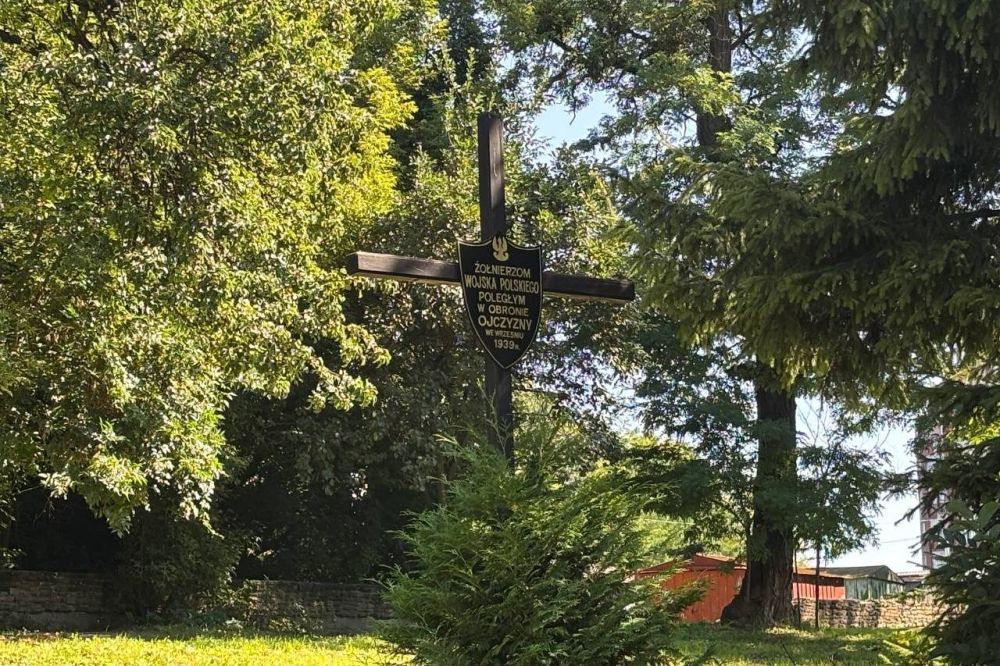
The development is “an example of how joint efforts help both nations restore historical memory and justice”, says Ukraine’s deputy culture minister.
We are an independent, nonprofit media outlet, funded through the support of our readers.
If you appreciate the work we do, please consider helping us to continue and expand it.
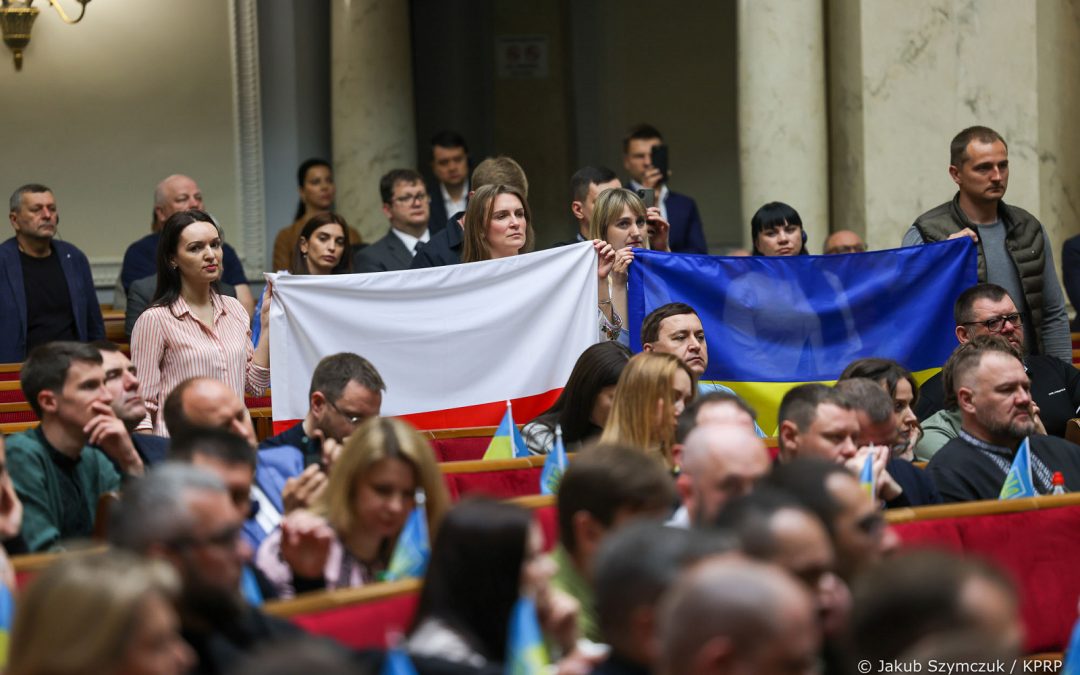
Some 83% of Ukrainians surveyed have a good or very good opinion of Poles.
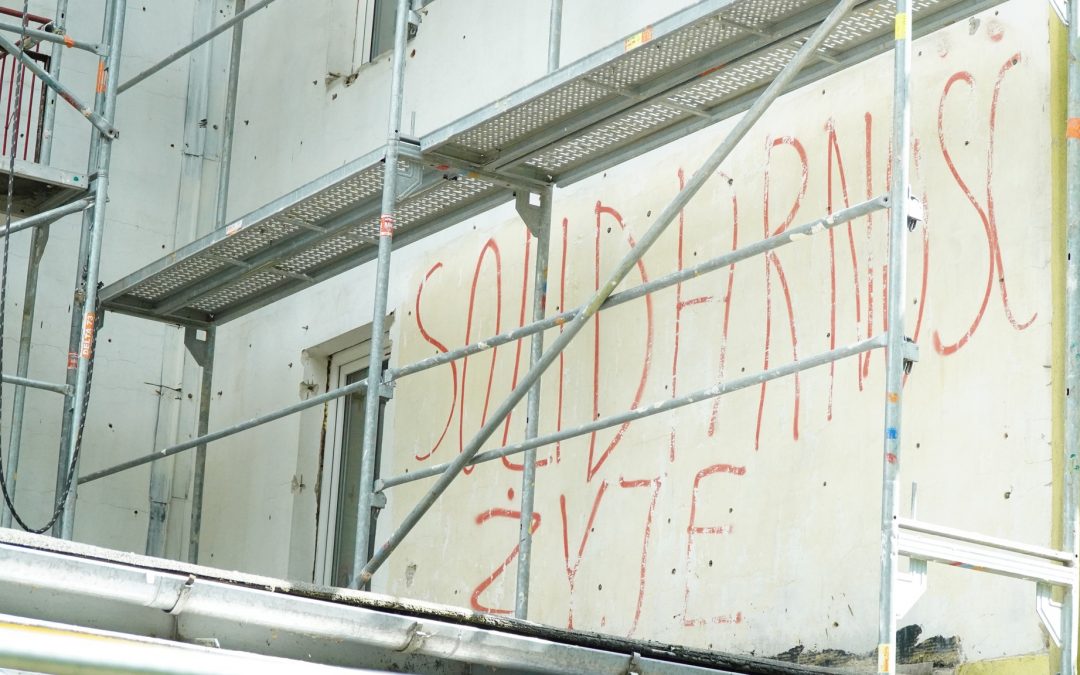
The inscription is likely to have been created during the period of martial law, when Solidarity was outlawed.

Local authorities thanks the girl for “opening a new chapter” in the history of the town.
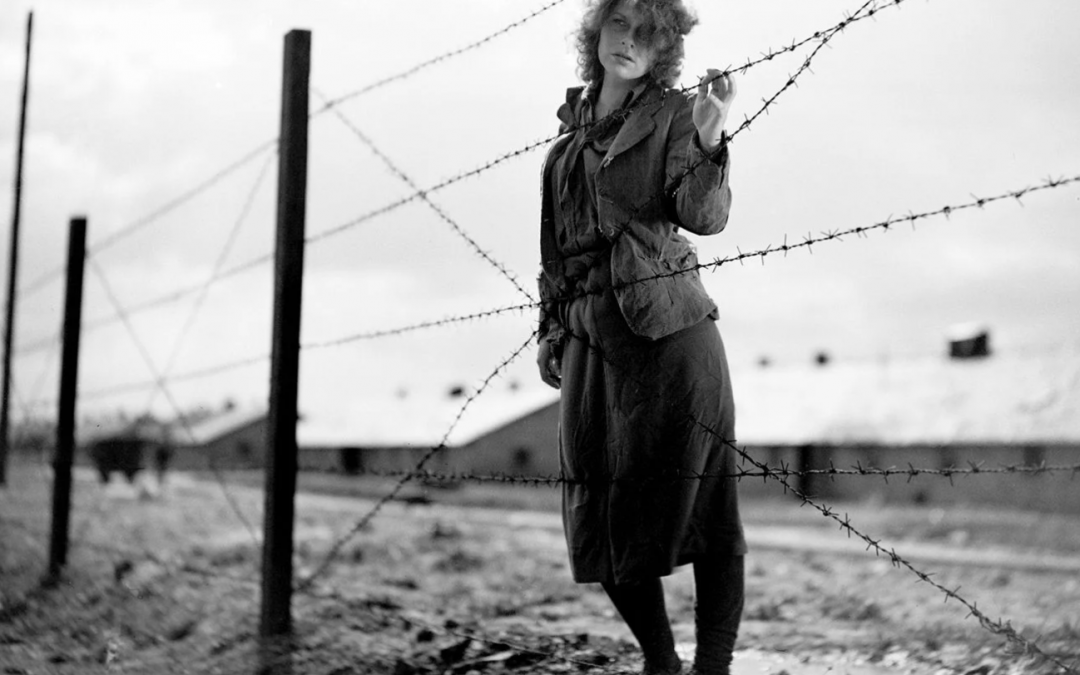
Filip Mazurczak
A unique opportunity to get a taste of one of the world’s most important national cinematic canons.
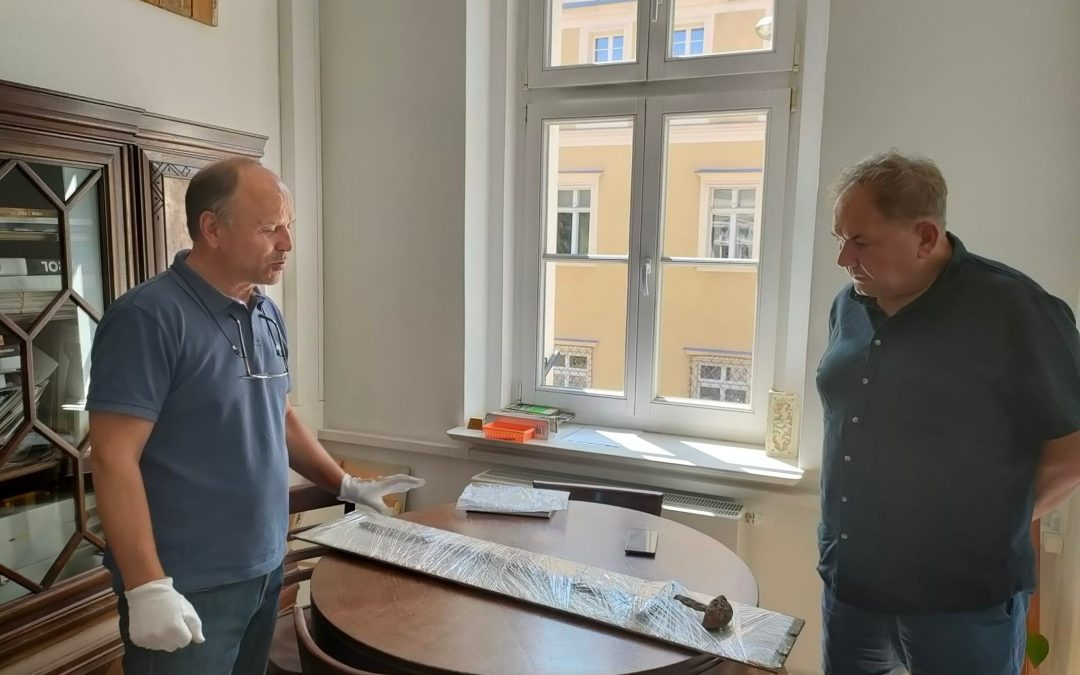
Historians say the weapon, found only 30 cm below ground level, is one of the most valuable discoveries in the region in a long time.

Over 17 tonnes of ashes were discovered in two mass graves, where the Nazis had sought to hide evidence of their crimes by burning the bodies.

The excavations are taking place at a site where the Jewish underground resistance was based.

Around 100,000 Poles were killed in an ethnic cleansing operation led by Ukrainian nationalists between 1943 and 1945.

During the Augustów roundup, the communists interned thousands of Poles and killed hundreds.
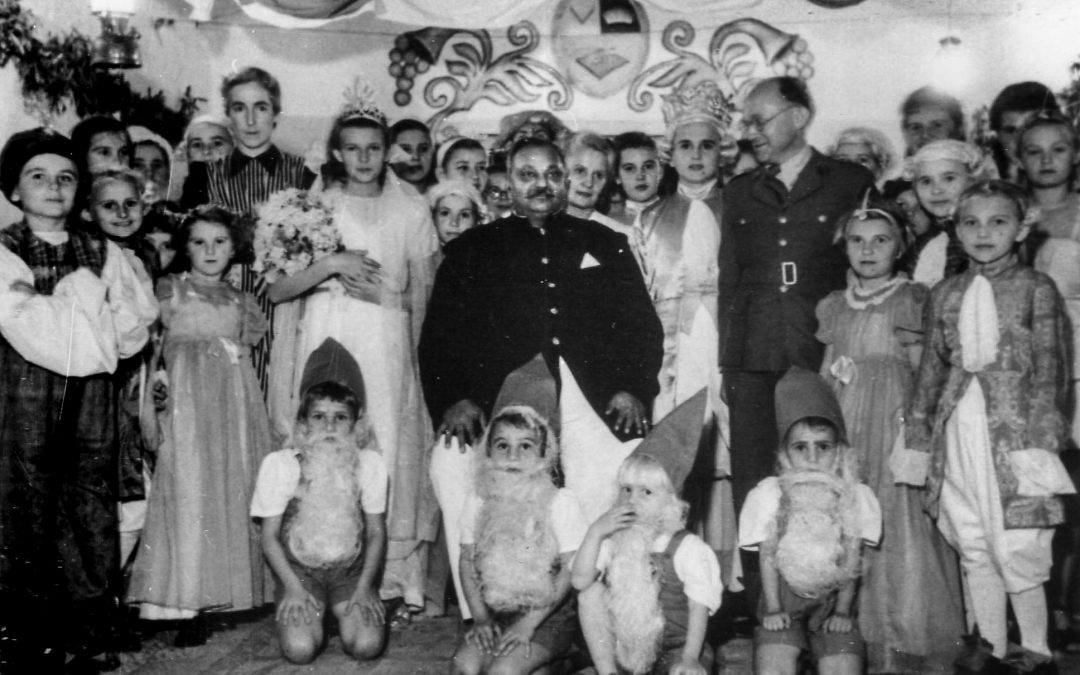
Officials from both countries, as well as descendants of the Indian royal families and former child refugees, attended the “Commemoration of the Good Maharajas”.
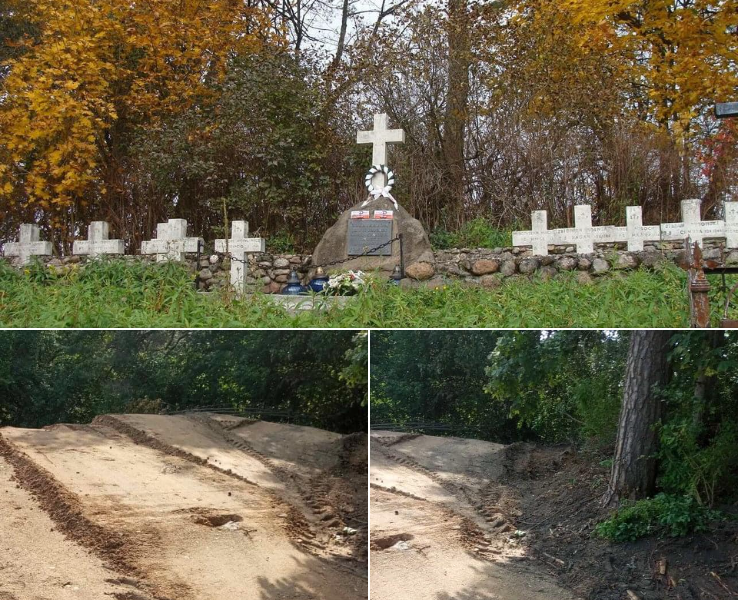
Warsaw says the “barbaric” incident is part of an “anti-Polish campaign by the Belarusian authorities”.
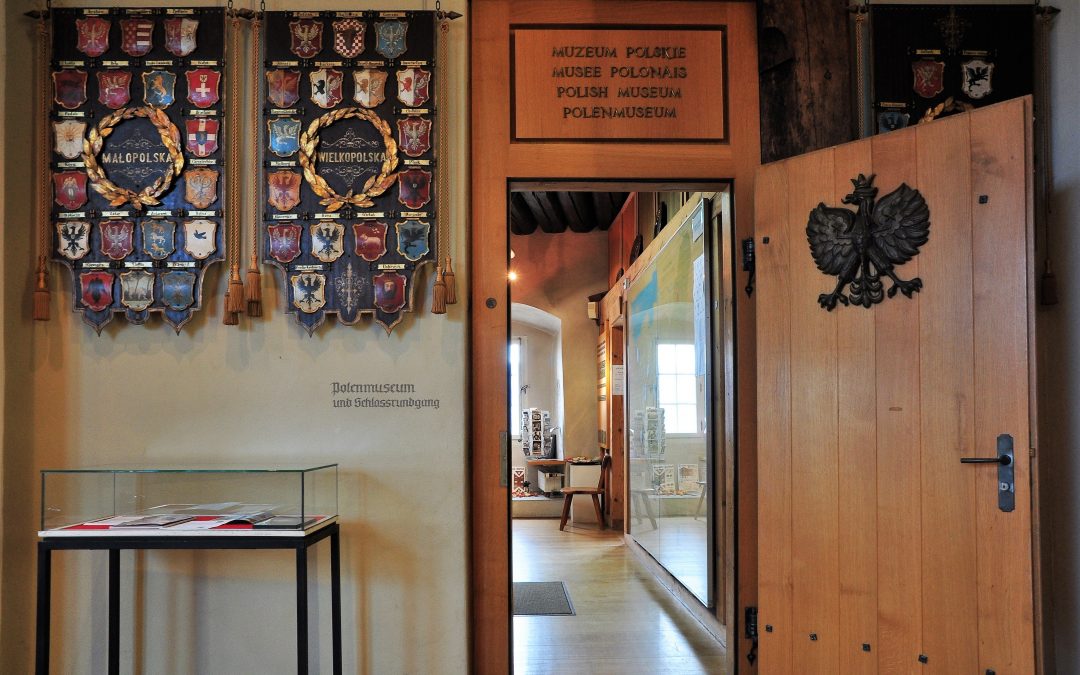
The Polish Museum in Rapperswil, Switzerland, became an important location for Poles exiled from their partitioned homeland.